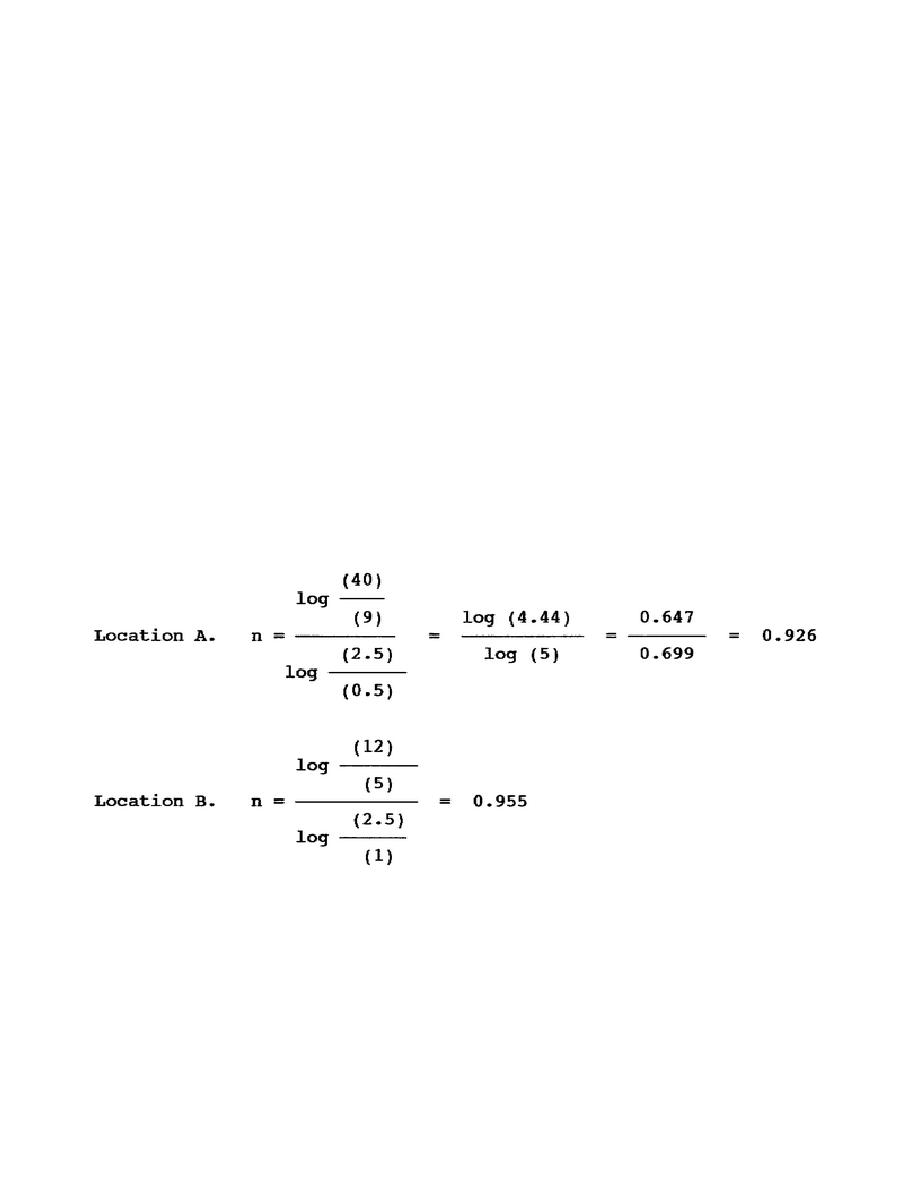
NOTE
R1, R2, T1 and T2 are determined from the NBC 4 Series Reports submitted by units
which have been directed by the NBCC to pass dose rate readings (NBC 4 Reports) every
half hour for 2 1/2 hours followed by hourly reports. These reports begin after the NBC 4
peak has been determined.
A logarithm table to base 10 can be used to determine the log of the quotient from the parenthetical
fraction (R1/R2) and (T2/T1). Logarithms are divided into two parts, the characteristic, which is the
whole number part, and the mantissa, which is the decimal part of the logarithm. The characteristic is
determined by the value of the quotient. If this number is 0 to 10, the characteristic of the log is 0. If
the number is 10 to 100, the characteristic of the log is 1, and so on up the scale. The mantissa is
determined by reading down the N column of the log table to the value of the first two numbers of the
quotient and across the table to the third number.
As an example, to determine the log of 4.44, we must first determine the characteristic. Since 4 is less
than 10, the characteristic of the logarithm is 0. To determine the mantissa, enter the logarithm table in
the N column and read down to 44, then across the table to the column under the 4. Here you read the
mantissa as 6474. Therefore the log of 4.44 is written as 0.647 when rounded off to the nearest
thousandth.
Apply the monitoring data to this formula, using end point dose rates as follow:
6-9
CM2308


 Previous Page
Previous Page
